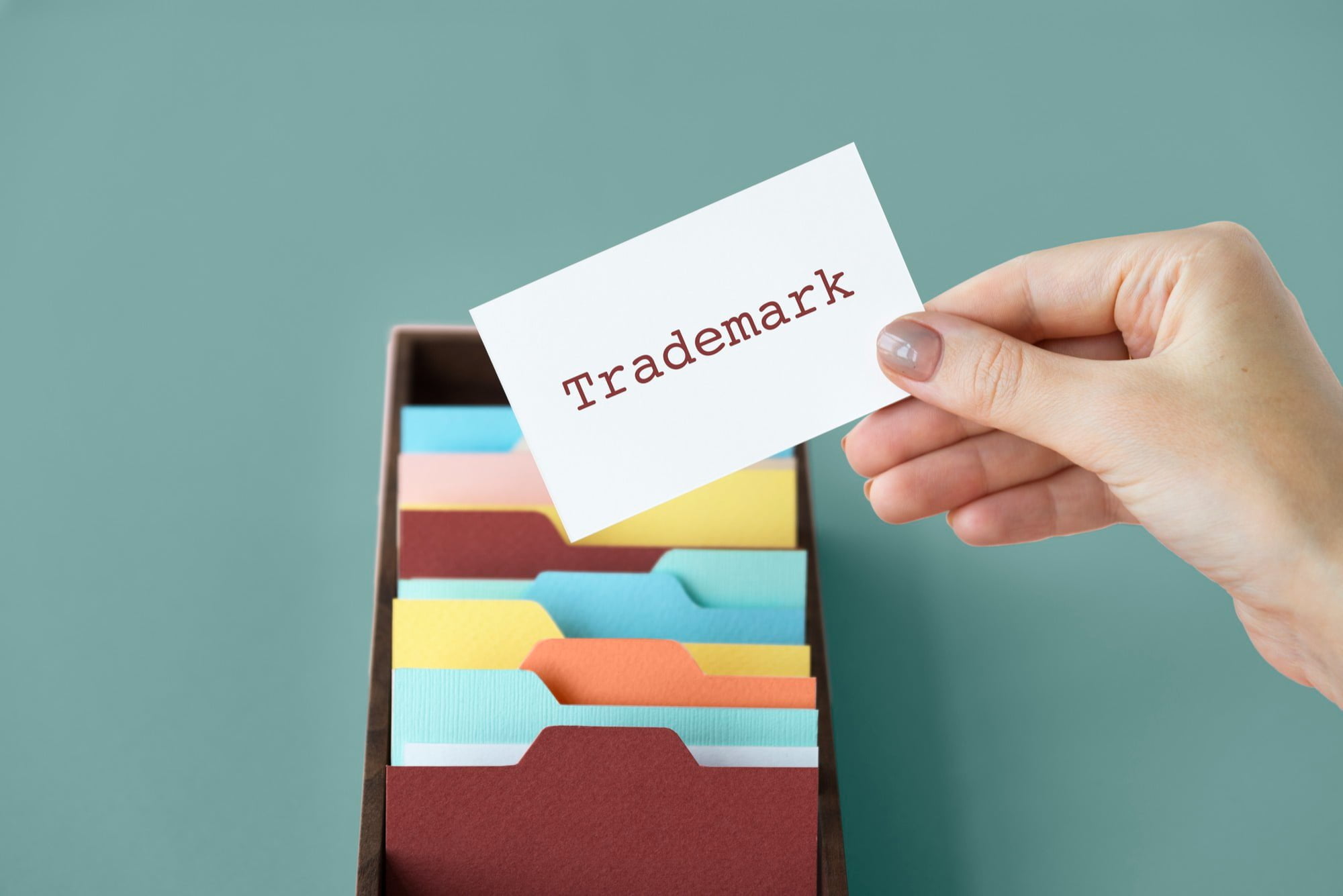1. Why do you need to conduct a trademark search?
The purpose of a trademark clearance search is to assess the possibility of being approved for protection. Depending on each specific type of intellectual property, the basis for establishing protection rights will differ. For well-known trademarks, the protection of well-known trademarks is recognized on the basis of use, independent of registration procedures [Point a, Clause 3, Article 6 of the Law on Intellectual Property 2005, amendments and supplements 2009, 2019]. For ordinary marks, the basis for establishing industrial property rights is based on decisions on granting certificates of competent state authorities according to the registration procedures of Intellectual Property Law.
From the time of filing the application until having the substantive examination results, if the applicant’s applied-for mark is identical to the conflicting marks, the possibility of being refused protection is very high. In contrast, for a mark that is similar to conflicting trademarks, depending on each case, the applicant may consider adjusting the mark’s design to remove or replace similar or confusing parts, adjusting the description of classes of goods/services or even removing it to improve the possibility to be approved for trademark protection. In short, the most significant meaning of the trademark search is to help the applicant avoid losing time, money and effort to avoid being refused trademark protection registration.
2. Can the applicant conduct a trademark search? What are the drawbacks?
The applicant can conduct the trademark search for a trademark by itself. However, the search to determine and evaluate the protectability of a mark depends on many criteria, such as methods, tools, accessible data sources, and the applicant’s knowledge and expertise to make analyses and conclusions.
The most basic search method that applicants often use is Googling. However, Google’s results will usually (i) have a lot of results, not limited to the scope and objects that the applicant needs to search; (ii) it is likely that the applicant will be mistaken that the mark has not been registered and/or that the mark intended to be registered is not identical, similar, or confusing if the applicant can not find a conflicting mark on Google. Searching by Google will be challenging to provide accurate and appropriate search results. Usually, this method is only the most basic search before conducting an advanced trademark clearance search.
Unlike the search by Google, the application searches for software that has available information. Currently, there are two methods: (i) basic and (ii) advanced search. The search method is that the applicant accesses the trademark search website of the National Office of Intellectual Property to conduct the search.
The significant difference between basic and advanced search is that, for advanced search, the applicant will apply many information fields and set conditions so that the search results will be close to many conflicting marks as much as possible (if any) to have a basis to conclude that the possibility of protection registration. However, despite having good trademark search capabilities, the database that the applicant can access is limited to a specific limit. Therefore, search results should only be considered and evaluated at the time of the search. Most importantly, search results are only comparable results, not absolute results.
3. Conducting an advance trademark clearance search through an industrial property agent
Many people may not know what an industrial property agent is. For easy understanding, it is an organization that is qualified and has the professional capacity to represent the applicant applying for the trademark application, representing the applicant to respond to the National Office of Intellectual Property regarding decisions related to the application. Regarding trademark search, if the applicant is a person who knows how to use the search method and tool but does not have enough knowledge, expertise and skills to evaluate the marks, the applicant can choose to search the trademark through industrial property agents.
4. How to do and understand the meaning of report of the Trademark clearance rearch at Apolat Legal
Apolat Legal provides a variety of services related to trademark registration procedures, such as trademark search, registration application and following the status of trademark application. Usually, a basic search will be performed free of charge to assist the applicant. For better assessment results, Apolat Legal will conduct an advance trademark clearance search.
Basically, the report’s content will show the evaluation results expressed in percentages to estimate the rate of marks intended to be registered that are approved for protection. The next step is detailed information about conflicting marks and some recommendations, solutions to adjust the design, classes and/or description of classes of goods/services, etc.
With the content of the report on the trademark clearance search provided by Apolat Legal, it will help the applicant quickly assess whether the applicant (1) should register this mark or not; (2) this mark needs to be adjusted and how to adjust, why to adjust, etc. the questions will be answered by Apolat Legal in the content of the report on the trademark clearance search.
Disclaimer: This article is for general information only and is not a substitute for legal advice. Apolat Legal is a Vietnamese law firm with experience and capacity to advise on matters related to Intellectual Property Rights. Please click here to learn more about our services and contact our lawyers in Vietnam for advice via email info@apolatlegal.com.





































